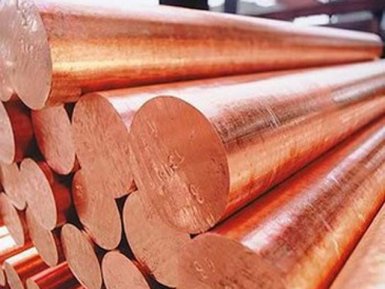Welding of stainless steel

Are you interested in welding stainless steels from the supplier AvecGlob? Here you will find the necessary information on this topic.
Basic principles
Welding is the most common method of joining stainless steel.
Stainless steel is a family of different types and varieties, based on the alloying of chromium iron.
When welding stainless steels, there are three zones:
The zone of base metal, which is located at a relatively short distance from the weld. The seam is heated slightly, therefore, its crystal structure and properties do not change;
The zone of the melt is the area of the base metal adjacent to the weld metal. This zone is heated to the melting point, which occurs when connected to the weld metal. The actual temperature reached depends on the distance to the weld, on the thermal conductivity of the steel, and on the amount of heat. High temperatures lead to a change in the crystal structure of the parent metal, which in turn affects its mechanical, physical and corrosion-resistant properties;
Zone connection. Its composition can be from the base metal, if the aggregate (filler wire) or a mixture of aggregate and base metal is not used (depending on the extent to which the parent metal has been melted).
The structure of the metal is cast, different from the base metal. This difference will be significant if the base metal is a plate or sheet, and insignificant if the base metal is cast.
Supplier — AvekGlob Company — offers to purchase assortment of welded constructions made of different grades of stainless steels. Products can be bought at a price formed on the basis of European and world standards. Implementation is possible in bulk and retail, for regular customers, a flexible system of discounts operates.
Weldability of stainless steels
Weldability is not a quantitative property, but rather implies the ability of the material to be joined by standard welding processes, so the mechanical, physical and chemical properties of the weld zone are equivalent to the original metals. While all stainless steels can be welded, the weldability of different classifications of stainless steel depends both on the differences in the chemical composition and on the microstructure, as well as on the reaction with the thermal cycles of welding.
Property Accounting
When welding, the following physical properties of stainless steel are taken into account:
Coefficient of thermal expansion.
Thermal conductivity.
Electrical resistance.
Melting temperature.
Supplier — AvekGlob Company — offers different types of rolled and welded constructions of stainless steel of domestic and foreign production. The products are offered at affordable prices from the manufacturer. The supplier guarantees the timely delivery of products to any address specified by the consumer.


